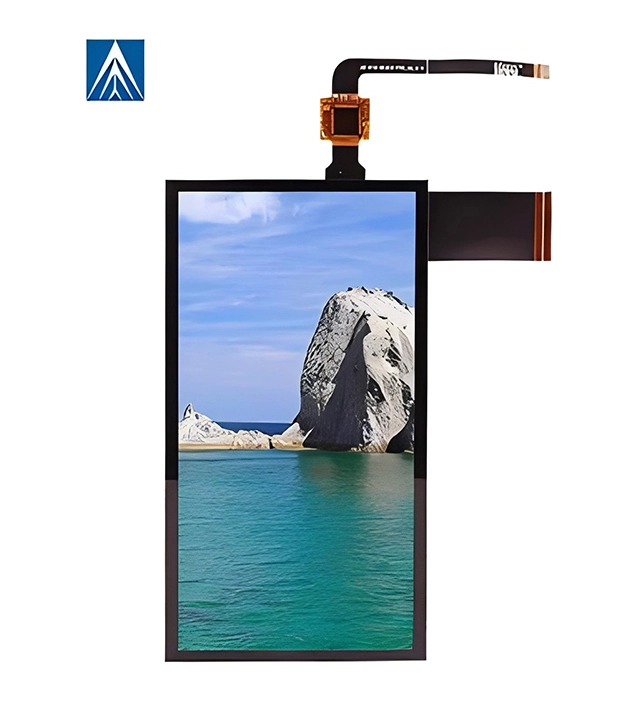With the continuous development of wearable devices, wearable LCD screens have become a core component in products such as smartwatches and health monitoring devices. To meet the market's demands for portability and durability, wearable LCD screens face the dual challenges of being both lightweight and durable. Here are five key points on how to address these challenges while ensuring display quality.
Wearable LCD screens need to have a lightweight design to improve portability and comfort. By optimizing the optical structure and display technology, the thickness of the screen is reduced while ensuring display quality. This makes smart devices lighter and more comfortable to wear, particularly suitable for products like smartwatches and health trackers.
In addition to being lightweight, reducing power consumption is another key challenge. Wearable LCD screens significantly extend battery life by optimizing backlight technology and reducing energy consumption. Even with a thin design, they still offer long usage times, meeting the needs of prolonged wear.
Wearable LCD screens need to be waterproof and dustproof to handle sweat, rain, and even underwater usage in daily life. Through sealing treatments, the screen prevents liquid penetration, enhancing the device's stability in complex environments.
Wearable LCD screens also need to enhance scratch and impact resistance. By using reinforced glass and high-hardness materials, the screen surface becomes more robust, capable of resisting daily friction and collisions, thus extending the device's lifespan.
To adapt to different lighting environments, wearable LCD screens must provide sufficient brightness and clarity. By improving display technology and implementing anti-reflective coatings, wearable LCD screens can maintain high visibility under strong light, ensuring users can clearly read content in various environments.
The challenges faced by wearable LCD screens in terms of being lightweight and durable are crucial to device design and user experience. From improving portability to enhancing water resistance and scratch resistance, and optimizing display effects, continuous technological advancements help wearable LCD screens meet multiple demands while maintaining high performance and durability. In the future, these screens will perform even better in various environments, being lighter, more durable, and adaptable to a wider range of scenarios.
